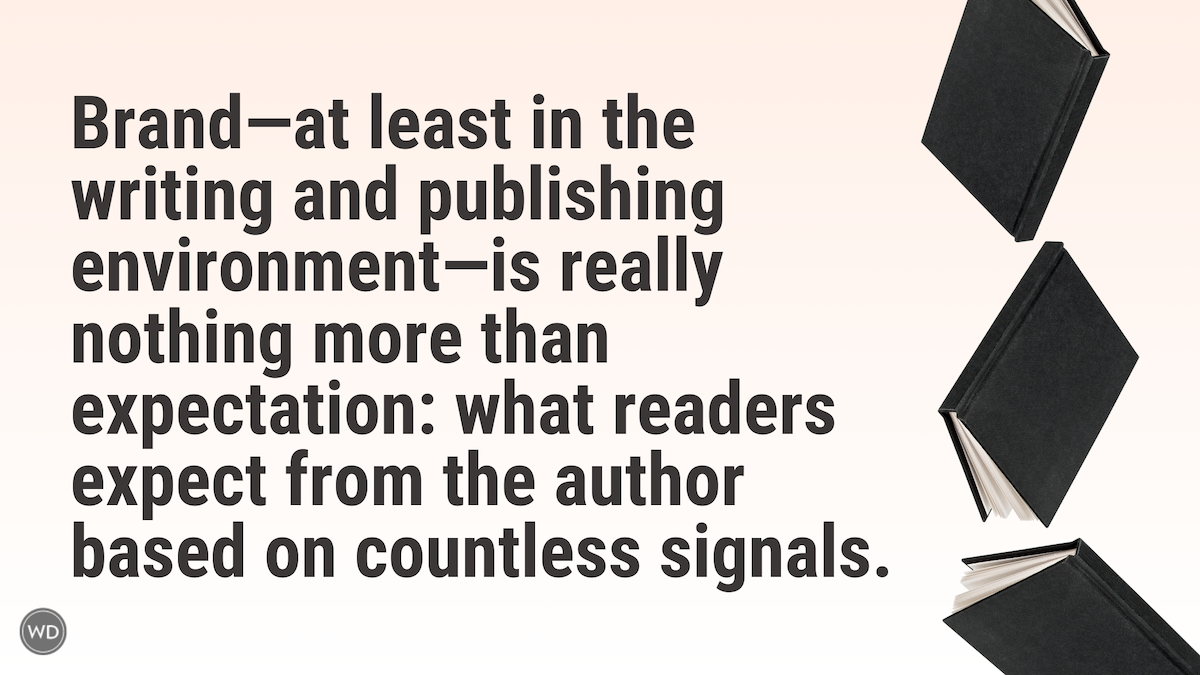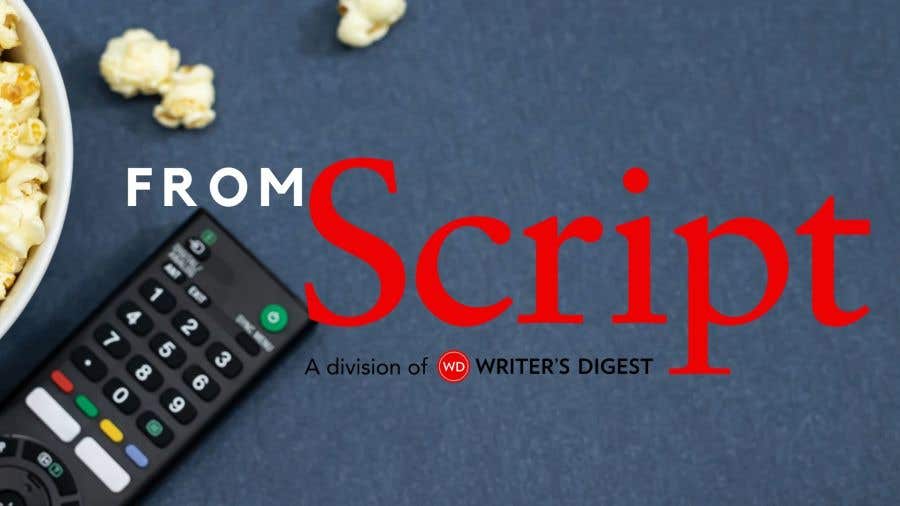How Criminal Sketch Artistry Works (FightWrite™)
This month, trained fighter and author Carla Hoch discusses criminal sketch artists, when your characters should speak with forensic artists, and more.
If your character has witnessed or been a victim of a crime, you might write them meeting with a criminal sketch artist. In this post with FightWrite® on the WD Blog, we are going to look at what your character might encounter with a criminal sketch artist. And, it just so happens that I have the inside side scoop on this one. My son is training to be a forensic artist, also known as a composite or police artist. Not only is he training to sketch from witness accounts, but he often reconstructs photos of unidentified deceased persons so that they may be identified. One of the artists he has trained with in composite work is Lois Gibson.
Who Is Lois Gibson?
Lois Gibson holds the Guinness World Record of “The Most Successful Forensic Artist.” Her criminal sketches have led to nearly 800 apprehensions. And, she is a family friend. She has traveled and still travels the world with her work and is considered such an authority on criminal sketches, that her word is enough to make an artist qualified for the position. There is no official certification for police composite artists, however the International Association for Identification offers one that is well respected.
How Many Criminal Sketch Artists Are Out There?
There are less 25 forensic artists on staff with police departments nationwide. Most of those only do skull reconstruction. Police departments with no forensic artist contract the work out to local artists, work with forensic artists from other police departments, or they rely on AI.
While using AI to create a criminal composite seems like a good idea, according to Lois Gibson, AI generated work yields fewer apprehensions. She says that AI creates an image similar to a photograph. People see the image and think, I don’t know that person. However, when these same people see a criminal sketch created by a human they wonder, Do I know anyone who looks like that person? The latter leads to more criminal identifications.
Criminal Sketch Artists Don’t Just Sketch People
Forensic artists will sketch just about anything in connection with a crime that might help solve it. They may draw a vehicle, clothing, tattoos…whatever is needed.
What the Criminal Sketch Process Looks Like
If your character witnesses or is a victim of a crime, the sooner they are able to speak with a forensic artist the better. In some cases, the artist may meet with the victim immediately after the crime in the hospital or at a safe location such as the police department outside of regular office hours. If the witness/victim comes to the police station during regular business hours, they may go to the Victim Services Department or the department dedicated to the crime in question.
Every composite artist does their sketching differently. This gives you, as a writer, a lot of leeway in how you write that process. Some artists use a large sketch pad and charcoal or graphite. Some, like Lois, have an entire tripod and light in tow and use pastels. Some might use a smart tablet.
The Steinburg Catalog
In order to help a witness/victim describe the criminal, it’s helpful for them, and the artist, to have a solid reference. This is an insider thing most folks don’t know about and if it ends up in your work, you will be as authentic as it gets. The reference often used by composite artists is the Steinberg’s Facial Identification Catalog by Samantha Steinberg.
Steinberg’s Facial Identification Catalog features criminal arrest photos of men. Each section of the book focuses on a specific aspect of the person’s appearance beginning with the head. There are categories within the sections that focus on shape. For example, in the first section, “Head Shape”, each page gives examples of different men, of different ethnicities, with similar head shapes.
In each photo, the portions of the criminal’s face that are not being used as an example are blurred out. This allows the witness to focus on one aspect of the person. The witness can then compare their memory to the photos and pick different traits from several examples. They may pick a head shape from one photo and a hair line in another. They can then describe each in more detail.
Although Steinberg’s first catalog features many races, she created a second book focusing on different ethnic groups. But what neither the first nor second catalog includes is women. Why? According to Lois, although the skulls of men and women do differ, the face shapes are similar. The female face is just softer.
It’s Not Often a One and Done
Sometimes the preliminary sketching process goes quickly. The artist with Houston PD has done them in 20 minutes. These faster sketches are generally done in person. In-person sketches allow the person describing to correct the artist as the artist sketches, so there is less back-and-forth discussion between the two. If, however, the description is by email, which happens quite often, the process can take much longer.
Sometimes the witness/victim doesn’t remember an aspect of the criminal until they see the criminal sketch finished. This doesn’t mean the artist has to start over completely. Preliminary sketches done in pencil can be erased. Those done in pastel can be drawn over.
After the preliminary sketch, the composite artist can darken the work and give it depth. Sometimes they use the witness/victim notes to add color to the rendering. This is done at a later time after the preliminary sketch.
Amazon
[WD uses affiliate links.]
Sketching the Deceased
Sketching unidentified deceased can be a little tougher, as there is no one the artist can discuss the appearance with. Also, sometimes the faces of deceased may not be completely intact. Traumatic injury, stages of decay and insect activity can all erode the appearance. In these instances, the artist first looks at the areas of the face without damage. If one side of the person’s face is missing, the artist will take clues from the other side of the face.
If bloat has distorted the appearance, the artist will consider the weight of the person and use the faces of other people of similar weight as a reference. If the facial tissue isn’t present, the reconstruction will be based on skull measurement and depth markers. These depth markers, known as osteometric markers, are landmarks on the skull that indicate tissue depth.
Though reconstruction of deceased can be done by hand, it can also be done on the computer. That said, work done on the computer requires just as much artistry. Faces are not symmetrical. The one reconstructing can’t just cut and paste.
The finished composite is given to the police department who may put the picture in the National Missing and Unidentified Persons System, also known as NamUs. The NamUs system is a national repository for missing, unidentified, and unclaimed persons cases. It serves as a resource hub for law enforcement, medical examiners, coroners and investigating professionals. Public access to NamUs is limited.
Criminal Sketch Artists Are Interesting Folk
If you ever have the pleasure of meeting a composite artist, find a comfortable seat next to them. They have stories that make the wildest of fiction seem tame as fat hamster. They also tend to have a strange sense of humor. These professionals hear and see some disturbing things and laughter helps them process those things. That said, I have never, not even once, heard a police artist speak disrespectfully of a witness or victim. They also are fairly comfortable with gore. Again, it is part of their job.
***
And there you have it. Criminal sketch work in a nutshell. I hope this helps you write a scene that no one else has been able to write. If you have any more questions pertaining to criminal composite work, you can catch me at ThrillerFest this month, the Writer’s Digest conference next month, and any time via FightWrite.net. Until the next round with FightWrite® on the WD Blog, get blood on your pages.
Carla Hoch is the award-winning blogger of FightWrite® and author of the Writer’s Digest book Fight Write: How to Write Believable Fight Scenes. She is a WDU instructor who regularly teaches on the craft of writing fight scenes, action, and violence as well as the mechanics of fighting for writers. Carla is a world champion jiujitsu player and has experience in almost a dozen fighting styles. She lives and trains outside Houston, Texas.








